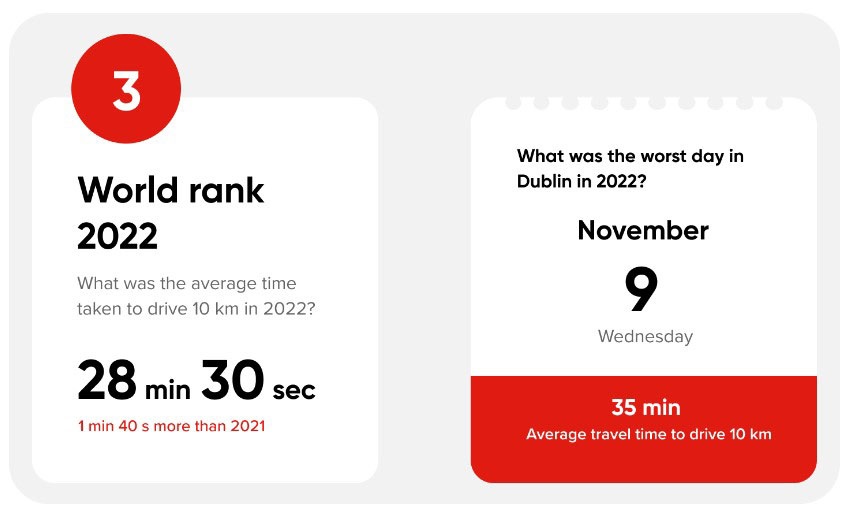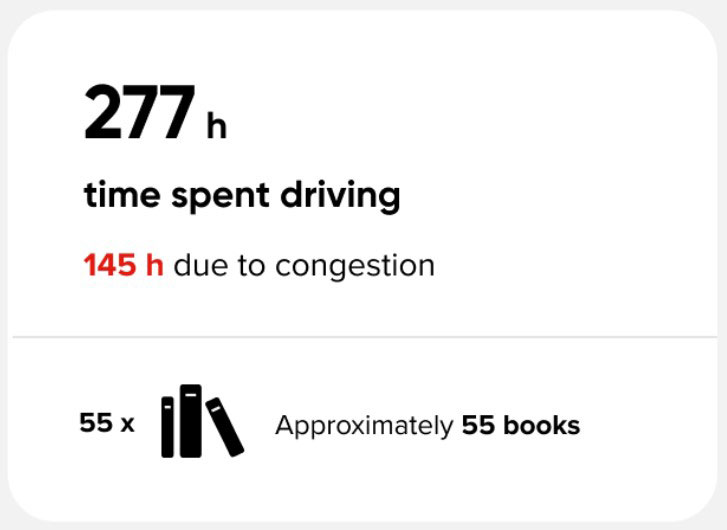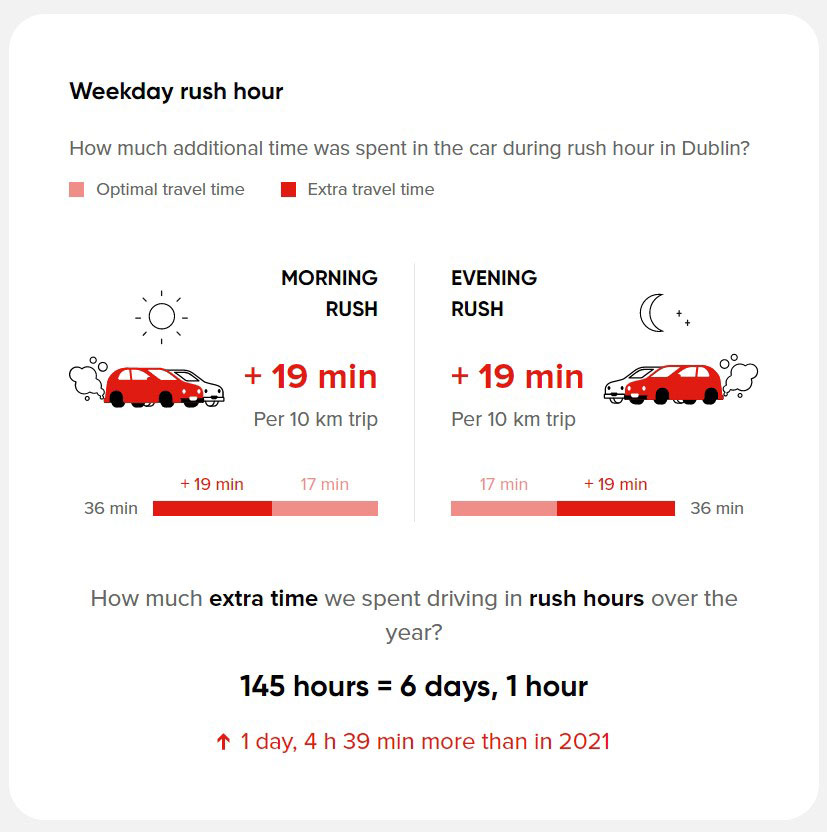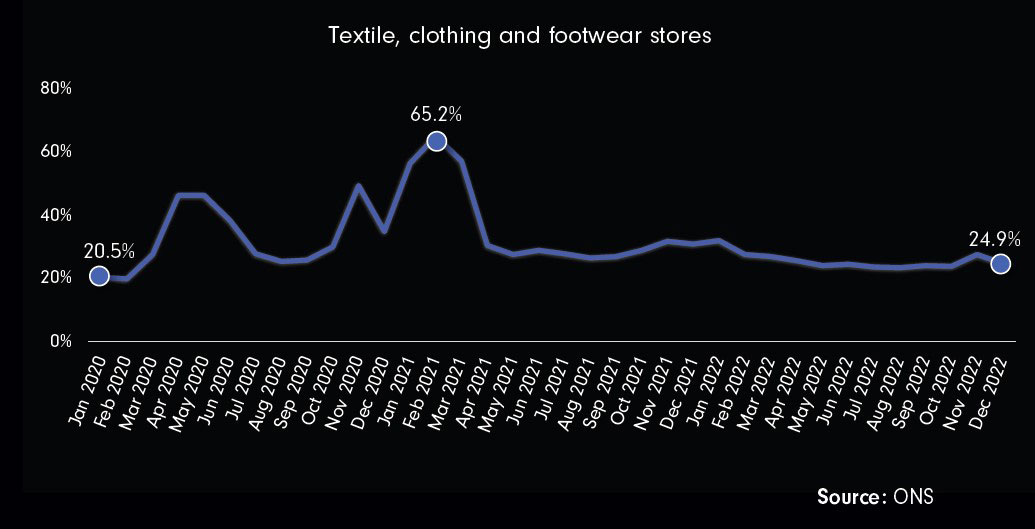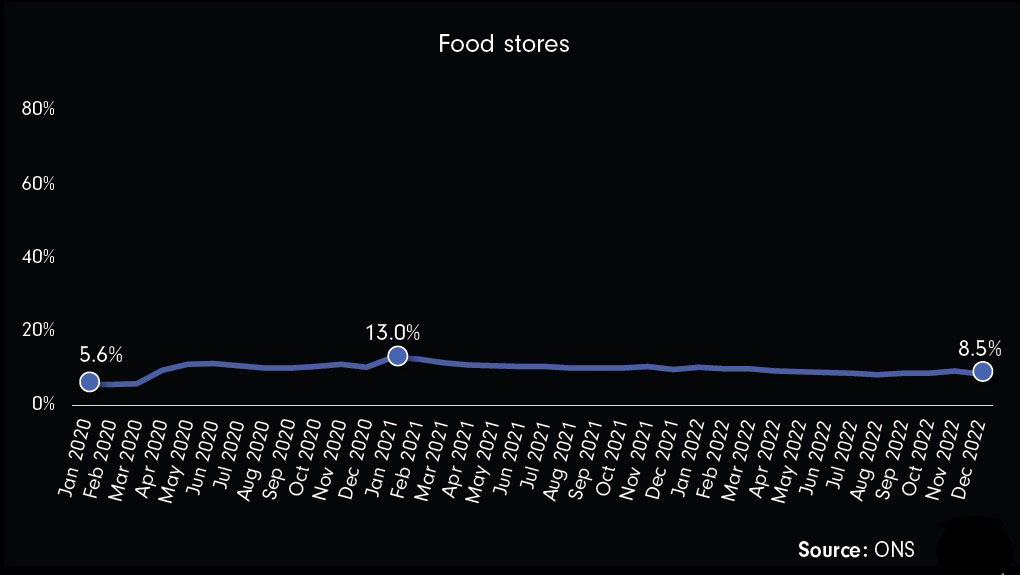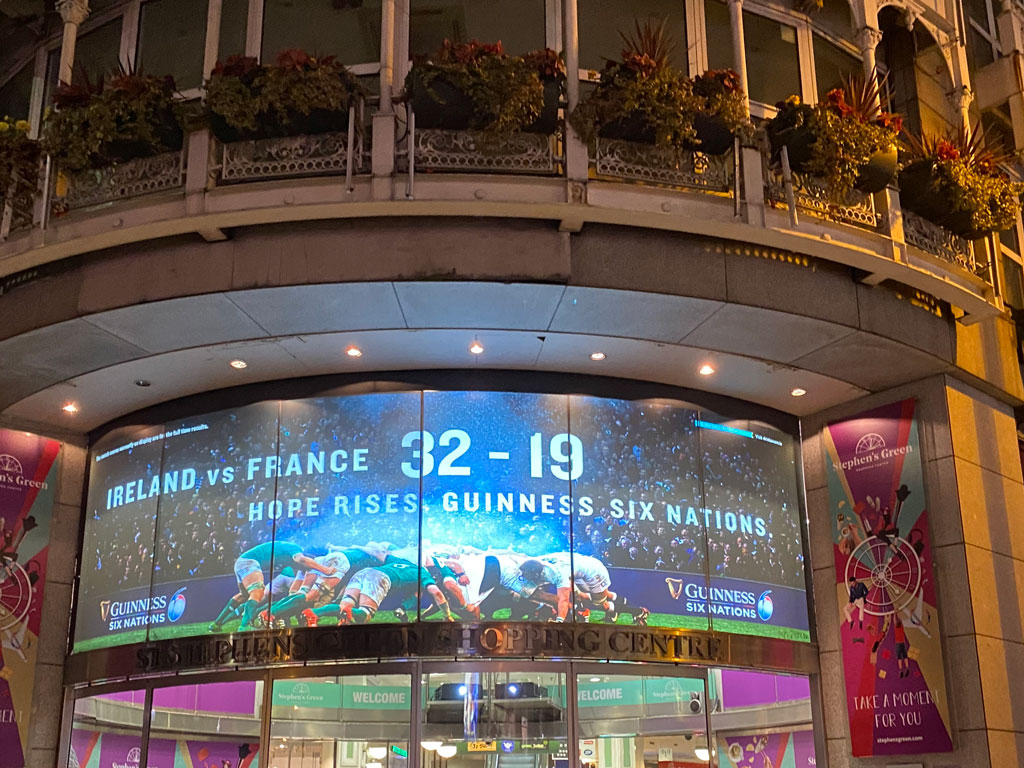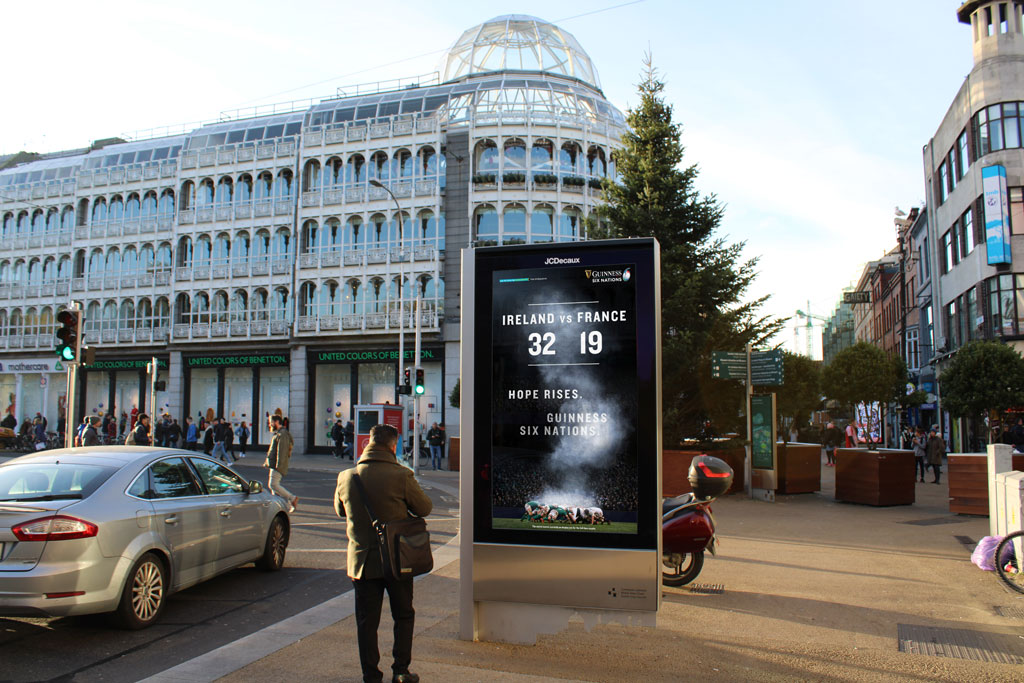Colum Harmon, marketing director, PML Group with this week’s Out \ Look on Out of Home.
Dubliners lose the Most Time to Rush Hour Traffic of any City
In 2022 drivers in Dublin, Ireland, suffered the most at high congestion times. They lost the most time to traffic at peak hours of any city in the index: 145 hours over the course of the year, to be exact. Across the year 25% more time was spent in rush hour traffic. It is also the world’s third slowest city to drive behind only London and Bengaluru, India.
Covering 389 cities across 56 countries on 6 continents, the TomTom Traffic Index measures cities around the world by their travel time.
The average driver in the city spent over 277 hours commuting last year. That’s more than an hour per working day traveling, with about half of that time being the result of suboptimal traffic flow. The time drivers spent in congestion would have been enough to read 55 books. Let’s hope they had audiobooks.
The overall average 10 km trip in Dublin’s city centre took 28 minutes 30 seconds, nearly 2 minutes longer than in 2021. The worst rush hour was Wednesday 8 AM – 9 AM when driving 10 km took on average: 38 min 40 s which is 36% above the city’s daily average.
In Belfast across last year 23% more time was spent in rush hour traffic. The worst rush hour was on Tuesdays 8 AM – 9 AM when driving 10 km took on average: 21 min 20 s which is 29% above the daily average.
Travel time also increased in Cork and Limerick last year. The data suggests that the time spent in rush hour traffic increased by 40% and 16% respectively.
Retail Footfall Up and Online Spending Down
Springboard’s UK annual footfall review reports a 6% increase in footfall across Northern Ireland retail locations last year versus 2021.
Whilst footfall in retail destinations strengthened over the 12 months in 2022, the importance of online spending diminished from a peak reached during the pandemic.
During Lockdown 3 in February 2021 65% of clothing and footwear spending was carried out online, which had more than tripled from January 2020 when it accounted for 20.5%. Subsequent to the peak online spending has fallen away significantly, and in December 2022 24.9% of spending for clothes and footwear was conducted online.
Likewise, in January 2020, before Covid, just 5.6% of food spending was online which then peaked at 13% in January 2021. However by December 2022 online food shopping accounted for 8.5% of the total spend on food.
Guinness OOH amplifies Six Nations victory
This past Saturday’s Six Nations game between Ireland and France was billed as ‘unmissable’. As the bout between the two highest-ranked teams in world rugby was set to take place in Dublin’s Aviva Stadium, lead sponsor Guinness were keen to light the capital up with the final score via the use of dynamic DOOH.
Planned by PHD and Source out of home, with creative from PML CREATE, the Liveposter-enabled creative triggered as Ireland celebrated their undisputed closing quarter at the final whistle, displaying the 32-19 score across Digipanels, Adshel Live Roadside, and the Green Screen at Stephen’s Green Shopping Centre.
Sports events like the Six Nations continue to provide brands an opportunity to leverage the power of dynamic DOOH in a contextually relevant way. Our most recent OCS study noted 75% of rugby fans are interested in DOOH messaging that is relevant to live sporting events.
This is amplified by the Moments of Truth study which revealed showing relevant content at its most relevant moment on DOOH screens can lead to an average +32% improvement in brain response, recall and sales for campaigns. This is in addition to a +6% average increase in time spent viewing at either the most relevant moment or applying the most relevant dynamic content, a +17% average increase in spontaneous ad awareness for relevant ads, and a +6% average increase in creative rating across metrics relating to brand consideration, recommendation, trust, and preference.
For more information on how your brand can employ dynamic content to optimise messaging in real-time via dynamic DOOH, contact the PML Group team.

















